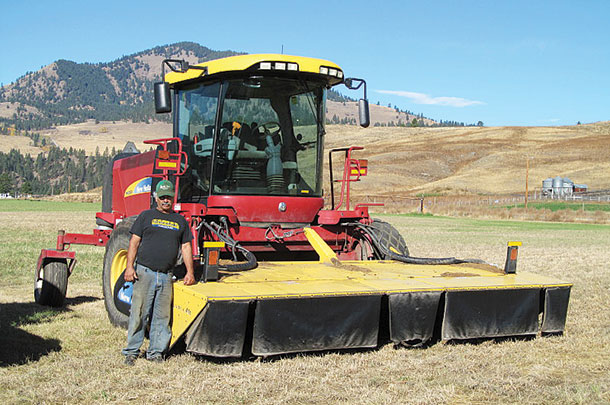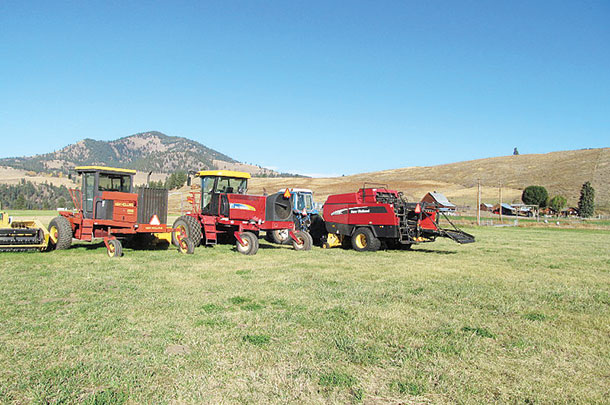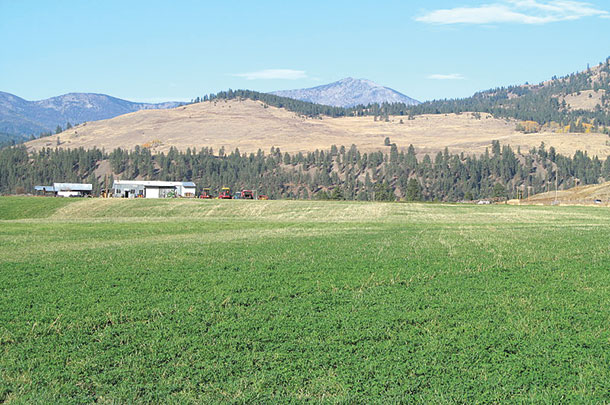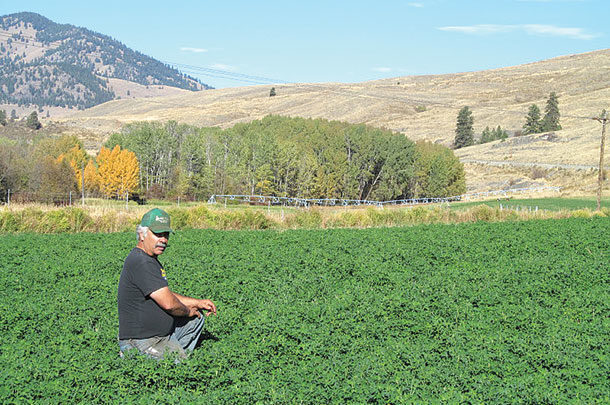Selection of the winning forage was based on undigestible neutral detergent fiber (uNDF). This is the first year uNDF has defined the Quality Counts Award.
Dan Undersander, forage specialist with University of Wisconsin – Madison, who organizes the contest, says, “My approach is to pick a new test and use it for a couple years, and then switch to another test. We have done ash content, digestible starch and other tests [in the past] … use of uNDF represents a new approach to balancing rations.”
Undersander says uNDF is being recognized as a test that allows an estimate of the rate of passage which, along with rate of digestion, gives a much better estimate of forage value than what was previously used. He says relative forage quality will continue to be used as an index, although the industry may modify it to include rate of passage and rate of digestion over the next year.
Undersander also says creation of this category was not in any way associated with the introduction of reduced-lignin alfalfa last year. Undersander says, “We do not expect use of rate of passage and rate of digestion to necessarily cause reduced-lignin alfalfa to win. We think that all forage types could still win depending on characteristics of the species. Note that BMR corn will be a strong contender for the same reason, as will grass.”

The Berneys said their management practices of the newly available reduced-lignin variety (Hi-Gest by Alforex Seed) were no different than that of a conventional variety.
Only a limited quantity of low-lignin alfalfa seed was available to commercial growers this year, and Berney says he acquired 50 pounds, which he planted across 6 acres.
They prepared the seedbed as they would have for any other alfalfa variety on their 250 acres, using a Rotovator. The seed was planted with a Brillion seeder on May 6. They took three cuttings this year on the new seeding. Berney says the new variety did not experience any lodging and the stands were generally 2 to 2½ feet high at cutting. His third cutting was the sample sent in for the contest entry.
Berney says when he took a cutting for his contest entry, he sent a preliminary sample to a lab in Othello, Washington. The lab technician told him they couldn’t believe the numbers on the first forage analysis because they were so incredible, so they wouldn’t release the data until the lab had re-tested the sample to verify the results.

All of the Berneys’ hay is sold within Okanogan County, mostly to the cattle and horse markets. They put up 14-by-18-inch bales at 75 pounds or less for the horse markets, and 3-by-4-foot bales for the cattle markets, using oats as a rotation crop between alfalfa seedings. Although Berney couldn’t site specific yield results, he says the yield on the low-lignin alfalfa was typical of conventional varieties.
Although Berney made the production of award-winning forage look easy, it was anything but a typical year. Okanogan County has been charred by season-long wildfires. As of the World Forage Analysis Superbowl Awards Luncheon, approximately 517,000 acres in Okanogan County alone had been blackened by fire, and several homes had been destroyed.
Both Joe and Alice, as members of the rural fire district, fought fire for weeks throughout the season. At one point power was out for eight or nine days straight, which meant there was no electricity to power irrigation systems that are so critical to Western hay production.

Berney says this stressed the alfalfa during a critical growth period. “Where I cut hay, I could see the ash that had fallen laying on the ground,” Berney says. He feels fortunate that firefighters propitiously dropped retardant and saved 200 tons of his barn hay.
Berney is not new to hay contests. It has been his goal over the past several years to win the World Forage Analysis Superbowl. To that end, he has improved each year and has won fourth place, third, second and now first place.
He was presented with a check for $1,000, sponsored by Croplan/Winfield. Berney is a member of the National Hay Association. FG
PHOTO 1: Joe Berney assess his alfalfa stand in Okanogan, Washington.
PHOTO 2: Joe Berney with his swather
PHOTO 3: Some of the Berney farm equipment
PHOTO 4: Joe and Alice Berney produce high-quality hay in Okanogan County, Washington, which was plagued by season-long wildfires in 2015. At one point the award-winning hay was water stressed when wildfires caused power outages lasting over a week, cutting power to critical irrigation systems. Photos courtesy Alice Berney.











